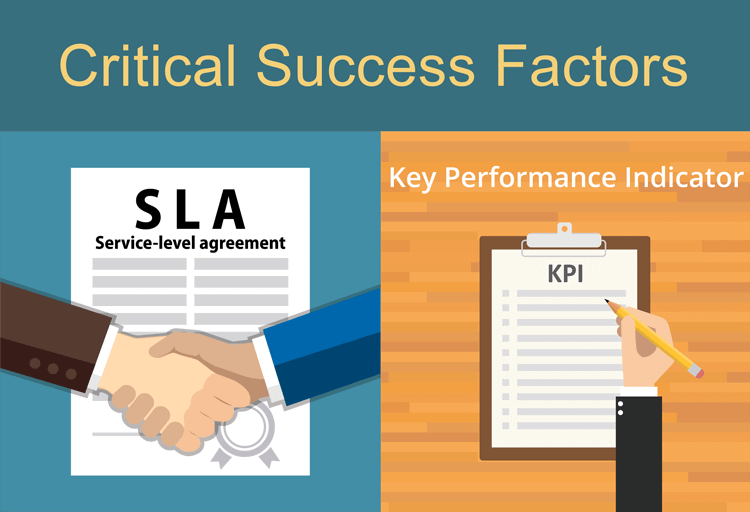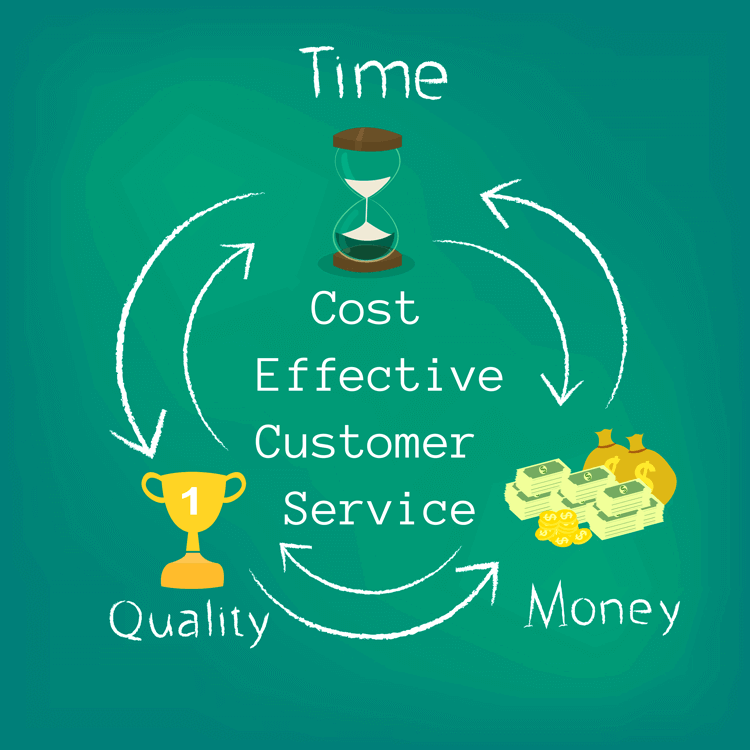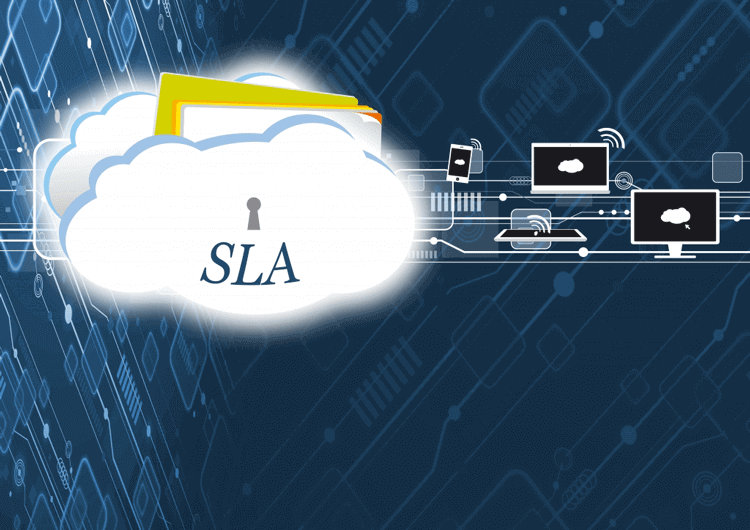How to Define & Measure ITSM Critical Success Factors (CSF) with SLAs & KPIs
When the young man arrived at the ITIL Service Manager's office, he found her reading a book. He politely knocked, and the manager invited him to sit down, saying, "What can I do for you?"
The young man said, "My manager asked me to write an SLA for my Service Desk, and I don't know where to start. Another manager told me you know everything there is to know about IT best practices."








